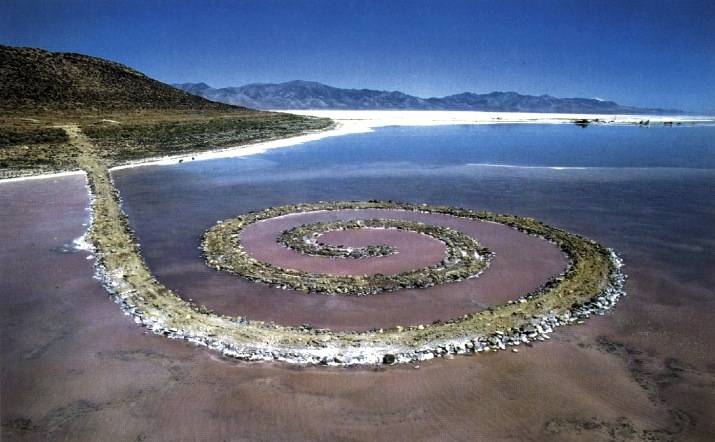
Smithson died on July 20, 1973, in a small-plane crash near Amarillo, Texas, where he was scouting a location for a new installation. It was a conversation Smithson never got to finish. … Art can help to provide the needed dialectic between them.” Loe pointed to another Smithson essay, published in 1971, where he wrote: “Art can become a resource that mediates between the ecologist and the industrialist. … It’s interesting because is a beacon for climate change, but that doesn’t mean Smithson anticipated that. Smithson, Loe said, “wasn’t an out-and-out environmentalist. In December, President Richard Nixon signed the bill creating the Environmental Protection Agency. The first Earth Day was staged in April of that year. The year 1970 was a significant one in the history of the environmental movement. Smithson hired contractor Bob Phillips and a crew to place 6,000 tons of black basalt rock in a line, 15 feet wide, which emerged from Rozel Point and then into the water in a counterclockwise formation. In the application, he stated the design intent of the jetty: “Its purpose is purely esthetic and it can be viewed from airplane or from the road.” He found it in the Great Salt Lake, and submitted a special use lease application to the Utah Department of Natural Resources. Smithson was seeking a canvas where the water was naturally colored red. “Museums are tombs,” Smithson wrote in a 1967 essay, “Some Void Thoughts on Museums,” implying that artwork went to museums to die.

Robert Smithson and Nancy Holt - who created the art installation Sun Tunnels in the Utah west desert in Box Elder County - were among the leaders of what was called the “land art” movement, aimed at imposing large-scale artistic vision onto the natural world. (Leah Hogsten | The Salt Lake Tribune) People explore the Spiral Jetty, just south of the Rozel Point peninsula on the northeastern shore, March 25, 2022. “But he wasn’t, ‘In 50 years, here’s what people are going to think about my work.’” “He wanted a very dynamic environment, so the salt crystals would form, dissipate, the colors would change and the water would rise and fall,” Loe said. In her book, Loe - who now teaches at the University of Nevada-Las Vegas - references a quote from Smithson, where he essentially says, “If the Spiral Jetty goes under the water, I’ll just build it up another 15 feet.” Smithson never intended Spiral Jetty to be a barometer of anything, said Hikmet Sidney Loe, a former professor at Westminster College who wrote “The Spiral Jetty Encyclo” (University of Utah Press, 2017), a comprehensive book about Smithson and his most famous work. “Now, it’s very unlikely that the waters will ever reach Spiral Jetty because of the protracted droughts in the Great Basin Desert.” The jetty “is a barometer for the ways in which we are operating in a climate emergency,” said Lisa Le Feuvre, the head of the Holt/Smithson Foundation, which oversees the creative legacies of Smithson and his wife, Nancy Holt.

“Now, if I stood in that same place, there’s not a chance I could ever throw a rock and hit the lake,” she said.


 0 kommentar(er)
0 kommentar(er)
